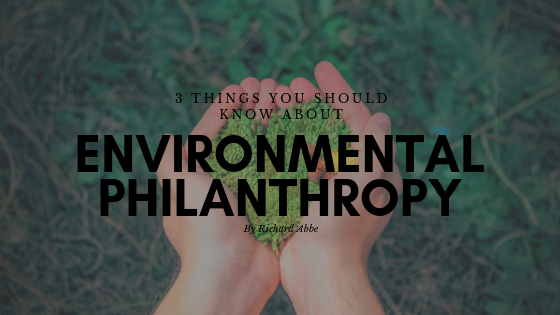Traditionally, philanthropic endeavors have generally involved finding ways to improve the human condition, whereas environmental philanthropy focuses on ways in which the natural world impacts human health. Some examples of environmental philanthropy might include creating water sources for farmers in developing countries that don’t damage the natural ecosystem or protecting and preserving endangered species. With increasing concerns about global warming and the planet we live on, however, environmental philanthropy is both shifting and on the rise. Here are three things you should know about environmental philanthropy.
1. The ultimate aims and goals of environmental philanthropy are the same as any other type of philanthropy
The ultimate aim of almost all types of philanthropy is to improve the human condition. While charity seeks to alleviate current suffering, philanthropy aims to eliminate the causes of human suffering at the source. To that end, a great deal of both human and animal suffering is the result of an unhealthy environment. From pollution to oil spills to toxic waste, environmental concerns affect us all. Environmental philanthropy seeks to create a more healthy and wholesome atmosphere for the entire planet.
2. The focus of environmental philanthropy is changing
Environmental philanthropy is nothing new as wealthy philanthropists have long focused on environmental issues ranging from the decimation of rain forests to protecting endangered species. In the last decade, however, the focus has shifted from traditional ecosystems issues to climate-related issues. Funding for climate-related issues increased by 92 percent just between 2007 and 2009 alone, while funding for more conventional ecosystem issues such as land, water, and species preservation fell by 37 percent in that same period.
3. Like most other forms of philanthropy, environmental philanthropy is moving in a more data-driven direction
The truth is that all forms of philanthropy not only have a direct impact on each other but can also help enhance the aims, goals, and missions of each other. In fact, philanthropy and charity are two sides of the same coin that can benefit significantly from data about each type of organization. For instance, environmental philanthropists can benefit from data from charities about the needs of farmers in a local village. IF they help create a water source for farmers, this will, in turn, help them generate income. At that time, financial philanthropists can come in and help those same farmers turn their newfound income into a thriving economy.

